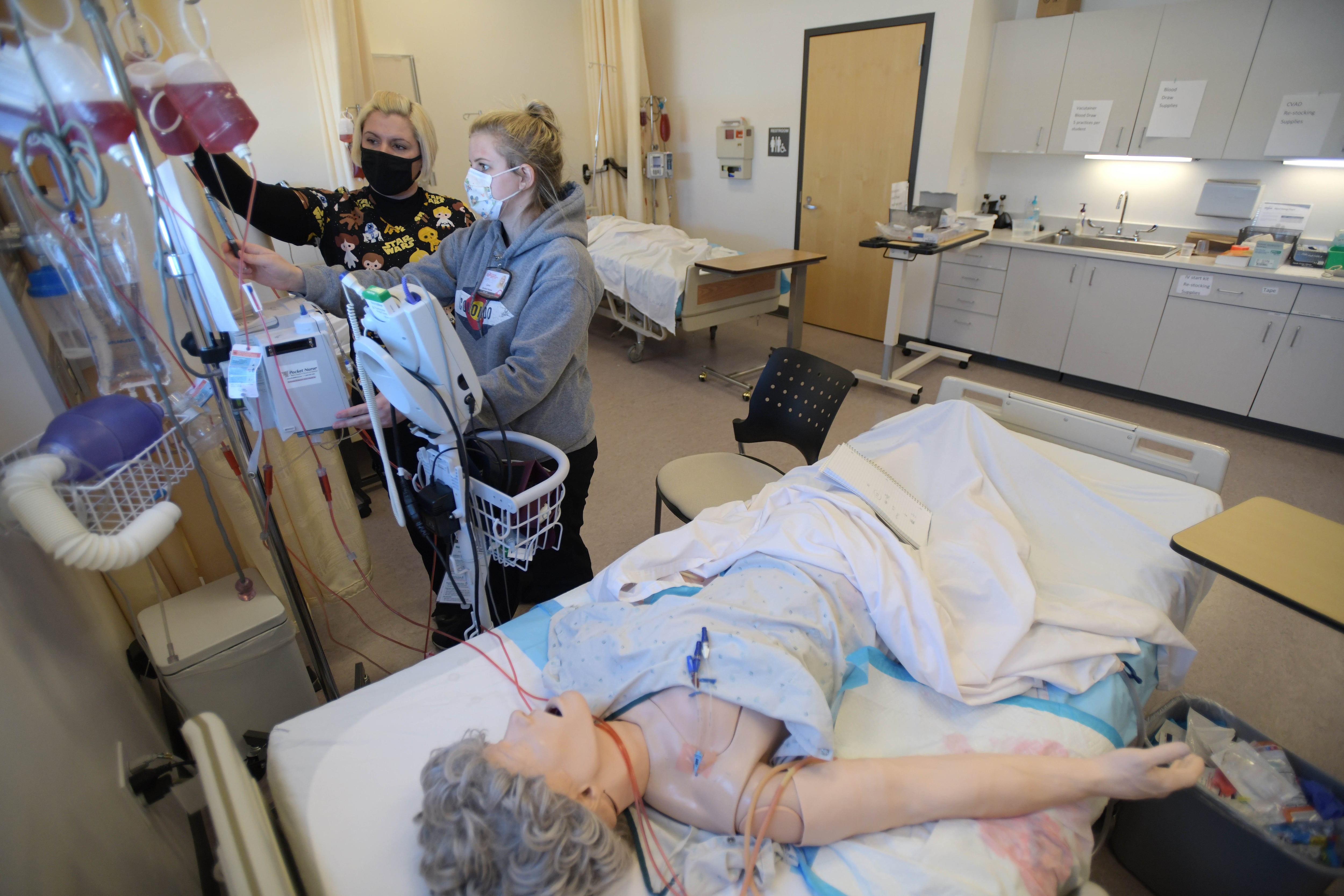As a counselor, Matthew Miltenberg hears from some of his Poudre High School students that college isn’t right for them. Those students have come to believe that, even before they reach high school, he said.
With the announcement of President Joe Biden’s proposal to make community college free nationwide, however, Miltenberg sees a path to help students at the Fort Collins high school visualize college in their future.
“There are a lot of students that would be a good fit for community college but have sort of internalized the expenses and student loan debt and all of these different messages, some accurate and some not,” Miltenberg said.
Biden’s $1.8 trillion American Families Plan proposes increasing taxes on high-earning Americans in order to invest in areas including child care, pre-kindergarten and community college.
The plan seeks to award states $109 billion to provide two years of free community college, including for undocumented students who were brought to the United States as children. The proposal would pave the way to free community college for millions of students in states, territories, and tribes.
Biden also has called for investing over $80 billion in Pell Grants, which provide federal college aid for low-income students.
Advocates and state officials agree the proposal would broaden access to college in Colorado and the nation. Biden’s proposal would allow students to use the Pell Grant federal aid for expenses other than tuition such as housing, food, and books.
The change would bring with it challenges that many other states with free two-year higher education programs have faced, such as how to ensure an influx of students can succeed in college.
Jane Oates, who advocates for strengthening the workforce, said she’s optimistic about what free community college will do for the country, but still worries about the challenges that prevent college students from earning degrees. Nationally, community colleges graduate only about a third of their students and have tighter budgets than those of larger four-year institutions.
“We have not done a good job in terms of making free K-12 equitable,” said Oates, president of the nonprofit WorkingNation. “So, if we give every community college the same dollar amount to serve their students, we’re going to have the same problem we have with inequity in K-12.”
That is, it costs more to educate students from low-income, immigrant or highly mobile families than it does to teach middle-class students.
To address those inequities, Biden’s American Families Plan also includes $62 billion to boost completion and retention rates at community colleges and institutions that serve students from disadvantaged communities.
In Colorado, as in the rest of the nation, the coronavirus crisis has led to a sharp decline in community college enrollment, especially among students of color and from low-income backgrounds.
Last fall Colorado’s community college enrollment among first-generation students declined 16% and Pell Grant-eligible students dropped 14% from the previous year. Even before the pandemic, community college enrollment had fallen since 2011.
Colorado Community College Chancellor Joe Garcia said free community college opens up opportunities to all Coloradans.
“For students who are low income who think college isn’t for me because they’ve been hearing their whole life that it is too expensive, now they’ll hear it’s free. And they’ll ask, ‘Why shouldn’t I go?” Garcia said.
In other states, free programs helped focus attention and money on community colleges. In Tennessee, which has offered free two-year college since 2011, enrollment levels have mostly remained steady while they fell elsewhere, and the college graduation rate rose.
Miltenberg said free community college enables students to visualize their goals with fewer obstacles in their way. Free college credentialing programs in the Fort Collins-area have helped his students, he said.
“I think we’re going to get a lot more kids to buy in early and really see value in the education in high school and then beyond,” Miltenberg said.
Nonetheless, free doesn’t guarantee success.
At Tennessee’s colleges, even with the free two-year program, low-income students and students of color have lagged behind peers in graduation rates despite a required mentoring program. The same issues persisted when the state opened up its program to adults. Many students still faced challenges such as food and housing insecurity.
Garcia said Biden’s plan will entice states to focus on students with the least resources and historically with the least access to college. Garcia wants Colorado to focus on getting students to earn a credential or degree to lead to a better job and life.
“The last thing we want to do is just enroll students,” Garcia said. “We actually want to help students graduate. If they come and spend a year or two with us, but don’t get a degree or credential, it’s hard to argue that we’ve helped them.”





